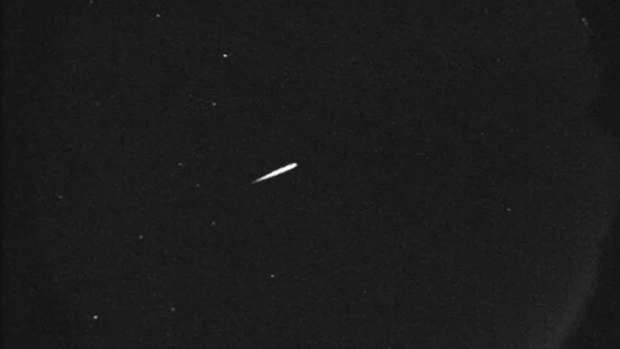
The upcoming Orionid meteor showers will illuminate the night sky. Where and when will they be visible?
NASA has stated that an upcoming meteor shower will be one of the most stunning displays of the year, with its peak expected in the near future.
NASA reported that the Orionids are notable for their high speed and luminosity, with the meteors moving at a rate of approximately 148,000 miles per hour or 41 miles per second. Due to this rapid velocity, certain meteors in the shower create visible trails of debris that appear to shine behind them.
NASA stated that the meteors are surrounded by some of the most luminous stars in the evening sky, producing a magnificent setting for viewing the meteor shower.
The NASA event will last until November 22nd.
At what time is the peak of the Orionid meteor shower?
According to NASA, the peak of the Orionid meteor shower will occur on October 21st this year. During this time, viewers can expect to see about 23 meteors per hour in the absence of moonlight.
Where can the Orionid meteor shower be seen?
The Orionid meteor shower can be seen in the northern and southern parts of the globe. NASA advises viewers to observe the night sky after midnight for the best chance of catching a glimpse. To get the optimal view, it is recommended to distance yourself from sources of light. It may take approximately 30 minutes for your eyes to adjust, as stated by NASA, before you can start seeing meteors.
To properly view from the northern hemisphere, NASA suggests lying on your back with your feet pointing southeast. For those in the southern hemisphere, it is advised to position your feet towards the northeast.
For optimal viewing, locate the constellation Orion, which shares its name with the meteor shower, and locate the star Betelgeuse. NASA advises looking just north of this star to find the radiant, or the apparent origin point of the meteors. However, it is not recommended to focus solely on Orion. Instead, shift your gaze 45 to 90 degrees away to make the meteors appear longer and more impressive. Directly looking at Orion may cause the meteors to appear shorter, as stated by NASA.
The meteor shower, according to NASA, will continue until sunrise.
What is the date of the meteor shower following October 2023?
According to the American Meteor Society, the Leonids will be the next meteor shower in 2023. It is set to start on November 3, and will briefly coincide with the Orionids before ending on December 2.
The peak of the Leonid meteor shower falls on November 18th.
What is the cause of meteor showers?
According to NASA, meteors consist of remnants of comets and fragments of shattered asteroids. As comets orbit the sun, they release dust which forms a trail in other orbits. When the Earth crosses these trails annually, the particles collide with our atmosphere and break apart, resulting in the familiar streaks in the sky. NASA explains that this phenomenon is caused by the disintegration of debris.
1P/Halley
The Orionids meteor shower is composed of space debris fragments, specifically dust from the comet 1P/Halley.Halley’s Comet
The comet, which has a 76-year orbit around the sun, was last visible to the general public in 1986. NASA reports that it will not return to our solar system until 2061. Additionally, the dust from this comet contributes to the formation of the Eta Aquarids meteor shower in May.
More More
Source: cbsnews.com
